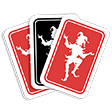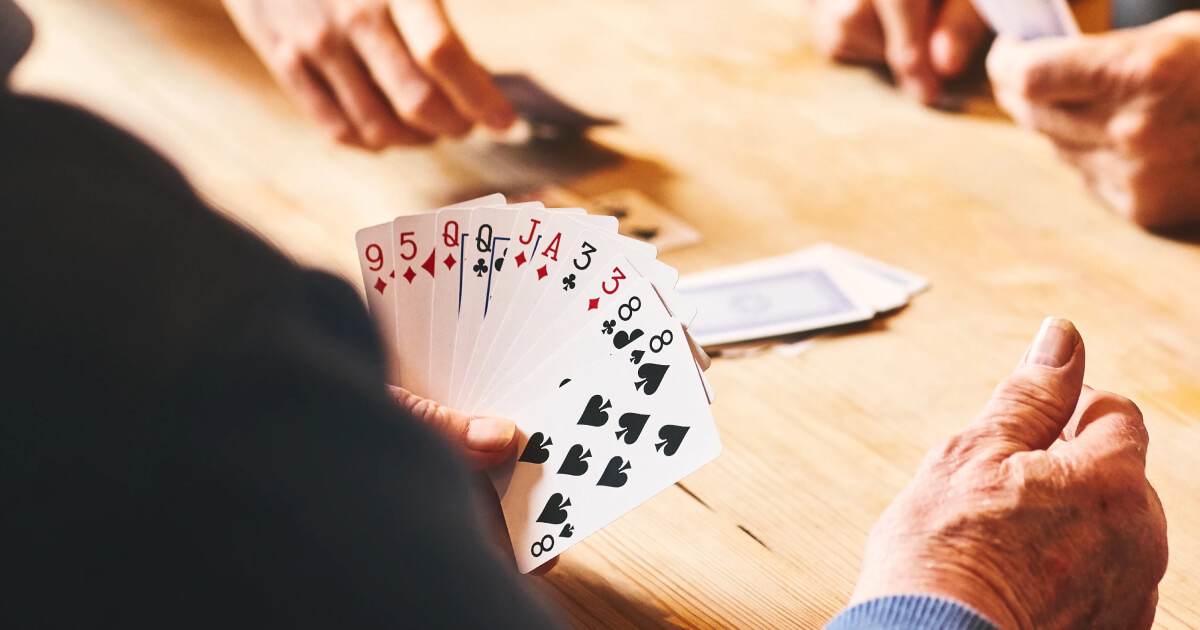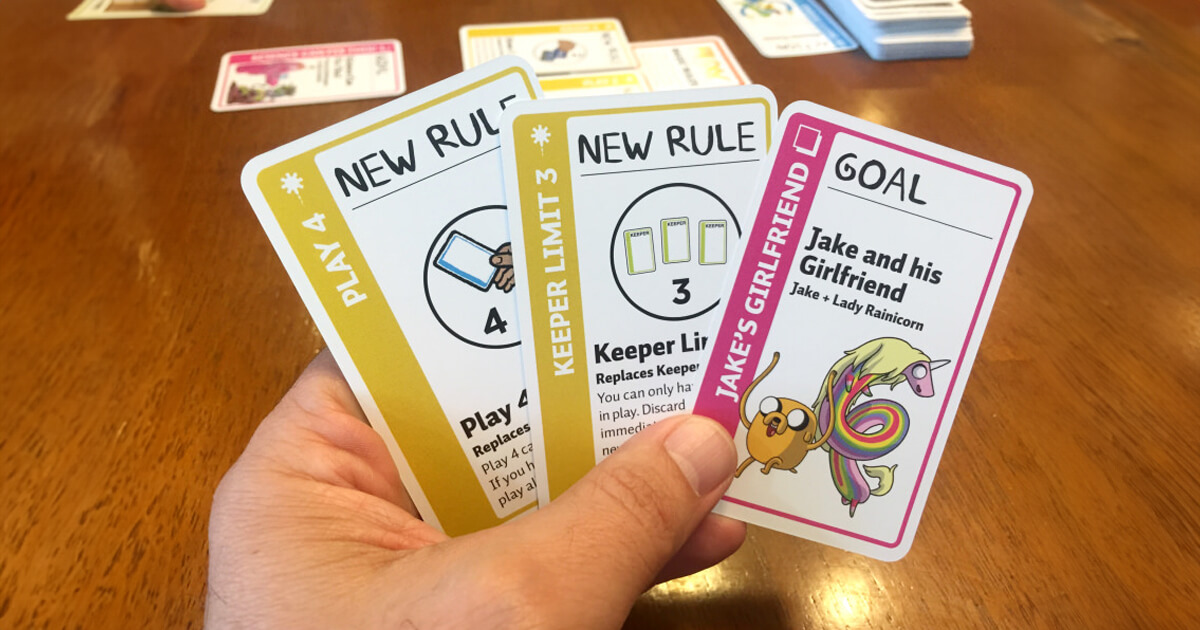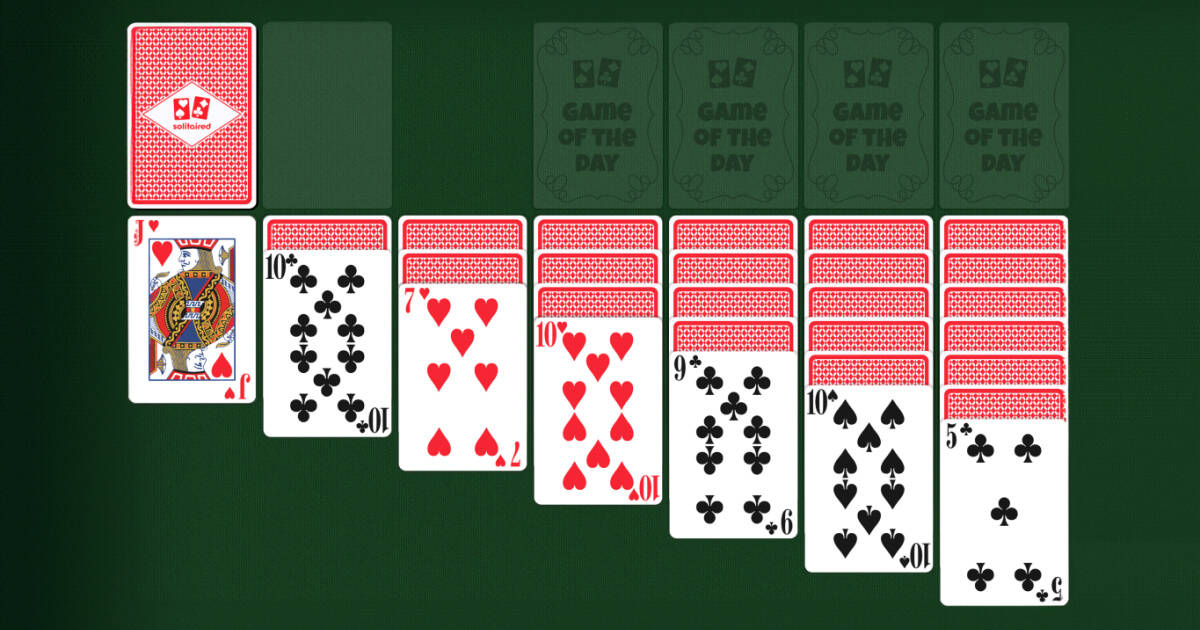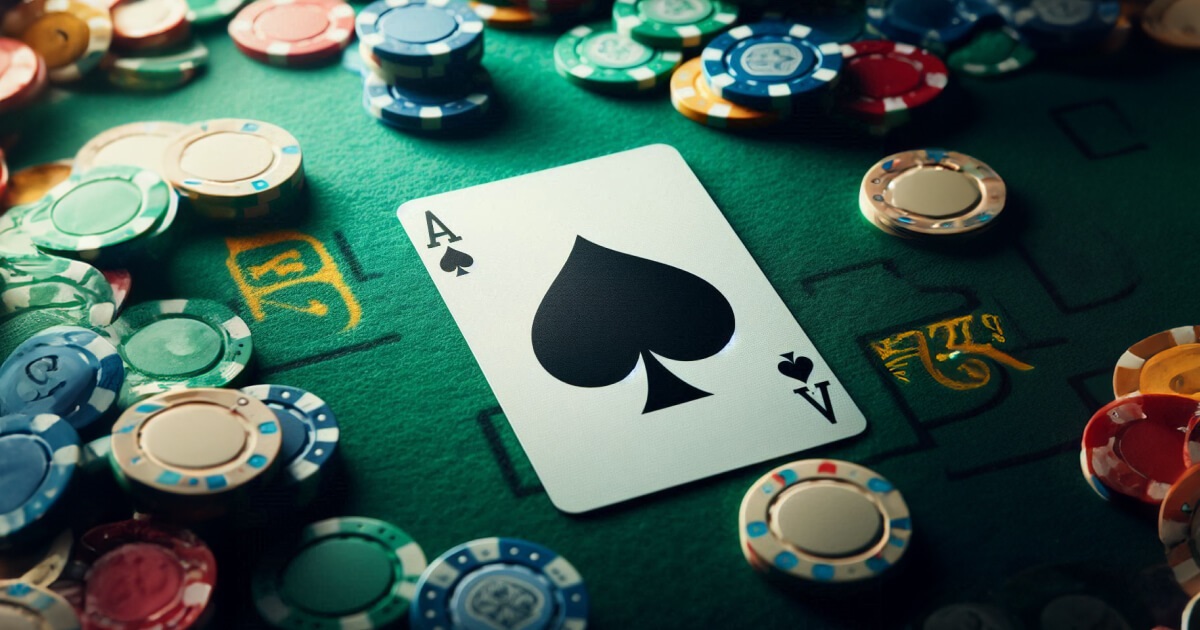Searching for a quick-paced, thrilling card game that challenges your reflexes and keeps you alert? You require the Stress card game, sometimes called Squeal or Speed.
Anyone wishing to liven their gaming evenings will find this two-player game to be a great fit as it mixes strategy, fast thinking, and quick hand motions. From setup to success, this article will bring you through the seven stages of managing stress.
What is the Card Game Stress
The main goal of the exciting card game stress is to eliminate all of your cards before your opponent does. Usually with two players, the game calls for a regular 52-card deck. It is well-known for its simplicity and fast-paced, furious gameplay, which can be both thrilling and terrifying.
Materials Needed
Before diving into the rules, ensure you have the following:
- A standard 52-card deck: No jokers needed.
- Two players: While there are variations for more players, the classic game is designed for two.
- A flat surface: A table or any flat surface will be used to lay out the cards.
Here is a 7 Step Guide on How to Play Stress Card Game
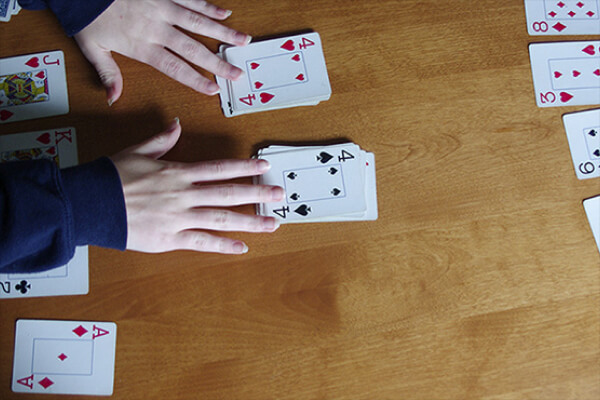
Step 1: Setting Up the Game
To start the game, you need to set up the cards properly:
- Shuffling the Deck: Start by thoroughly shuffling the deck. The cards need to be well-mixed to ensure a fair game.
- Dealing the Cards: Each player receives half the deck, which means 26 cards each. Players should place their stacks face down in front of them.
Every player then builds five card piles before them. The first pile has five cards; the second, four; the third, three; the fourth, two; and the fifth one card.
The draw pile of the player consists of the remaining cards. Leave two central piles in the middle of the table where players will put their cards throughout the game.
Step 2: Understanding Basic Rules
Before starting the game, it’s crucial to understand the basic rules:
- Card Ranking: The game follows standard card rankings, where Ace is low, and King is high. However, Aces can be played on Kings to create a loop, enhancing the game’s flow.
- Center Piles: Two center piles are formed with the initial cards placed by each player. Players will add to these piles during the game.
- Personal Piles: Players must manage their five piles efficiently to win.
Step 3: Initial Setup
Each player takes the top card from their draw pile and places it face up in the center of the table. These two cards form the initial center piles. This setup ensures that both players have an equal start and the game begins fairly.
Step 4: Starting Play
From each of their five personal stacks, players flip the top card simultaneously. They center these cards and use a card that is one rank higher or lower to attempt to match the top card in either center pile.
For instance, a central pile with a five allows a player to put a four or a six on top. The continuous action increases the intensity of the game and calls for fast reactions and thoughts.
Step 5: Matching Cards
The core gameplay involves rapidly placing cards from your personal piles onto the center piles by matching ranks as described. There are no turns; both players play simultaneously and as quickly as they can.
If a player matches a card, they continue playing cards from their five piles. This continuous play keeps the game dynamic and fast-paced.
Step 6: Refilling Piles
Once players exhaust a pile, they can regain it from their draw pile. The goal is to keep moving cards from their piles to the center as fast as possible. Efficiently managing and refilling your piles is crucial for maintaining momentum in the game.
Step 7: Calling “Stress” and Winning the Game
If both players are unable to play a card and the game reaches a standstill, either player can call “Stress.” At this point, both players take the center piles back into their hands, shuffle them, and create new draw piles. The game resumes with each player flipping a new card into the center.
The game continues until one player successfully places all their cards into the center piles. The first player to get rid of all their cards wins the game.
Also See: Fluxx Card Game Setup And Gameplay
Strategies and Tips
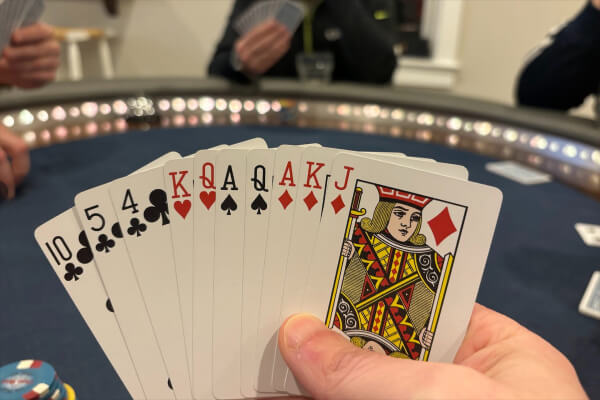
Focus on Speed
The essence of stress is speed. Quick reflexes and rapid decision-making are crucial. Practice playing quickly to improve your chances of winning.
Stay Alert
Always be aware of the cards in the center piles and the cards in your own piles. Anticipate possible moves and be ready to play immediately.
Practice Makes Perfect
Like any game, your improvement will be greater the more often you play. Regular training will improve your reflexes and help you get more acquainted with the flow of the game.
Observe Your Opponent
Watch where your opponent moves. Should they look to be caught, you could have a chance to play more aggressively.
Conclusion
A fascinating card game with ideal mix of speed, strategy, and thrill is stress. Following these seven steps and advice will help you to be well on your path to game mastery and enjoyment of many hours.
So choose a deck of cards, locate a friend, and enter the exciting universe of stress card game. This game will keep you occupied and on the tip of your seat, whether your goal is to enhance your reflexes or just have fun.
